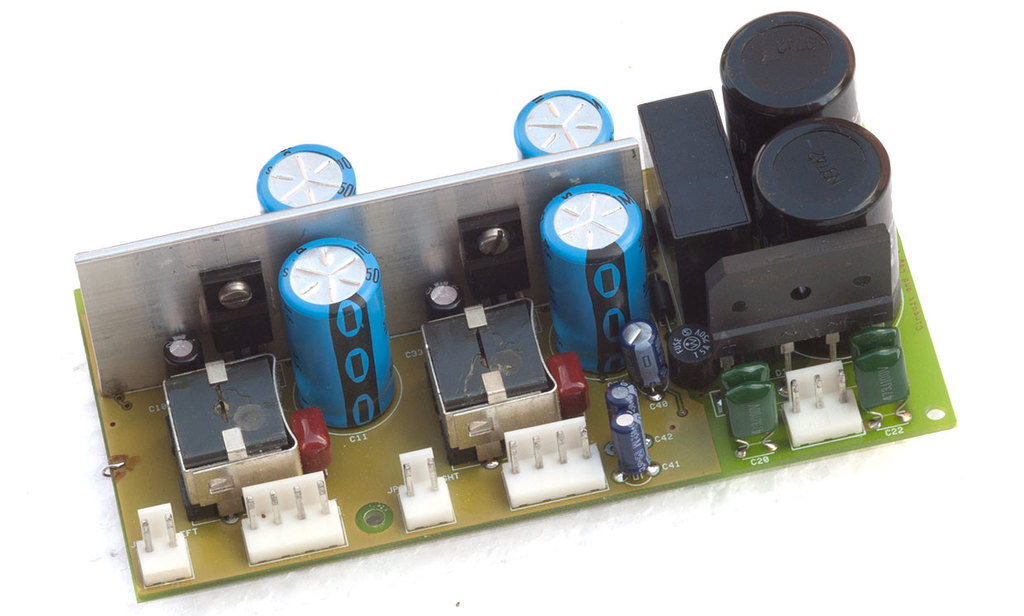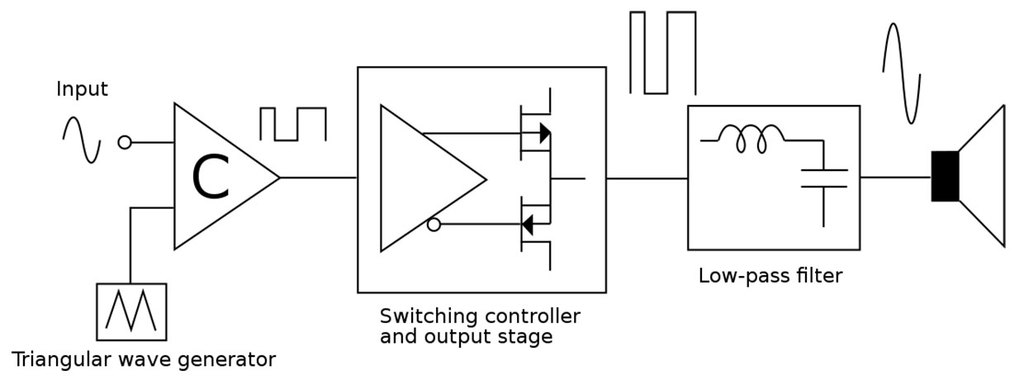- in Production by Bobby Owsinski
The Class D Amplifier Module That Literally Changed The World

Over the past 10 years power amplifiers have gotten increasingly more powerful and lighter thanks to the now widespread use of what’s known as Class D. What most people don’t know is that it was all due to a single engineer at Philips who created the first inexpensive class D amplifier module that changed how and what we hear on electronic devices from cell phones right up to behemoth multi-thousand watt sound reinforcement amps.
The story is told in depth in this Spectrum IEEE post, but it goes something like this. Engineer Bruno Putzeys grew up in a family who revered audio electronics, and he became interested in the little known class D style of amplifier operation when he was 15 years old.
Up until this time most power amps were class AB which were only about 60% efficient. Plus, the higher the wattage, the heavier and bulkier they became because of the huge power transformer and power supply required. Class D, on the other hand, uses at its heart pulse width modulation that was 90% efficient because the switching transistors are almost always either on or off and therefore waste little or no power. That said, audio and consumer electronics manufacturers couldn’t make a class D amp that sounded good, so there was little research done to move the concept forward.
Putzeys was intrigued though, and even did his thesis on class D amps for his college thesis. That lead to a job with Philips Electronics where he received an R&D budget to make a better sounding amp, but little support. In 2001 his manager asked him to produce something quick and cheap that could be turned into a product.

Within a day, Putzeys had designed what he called the UcD (see the figure on the top left), but Philips chose not to use it in any of its own products. Instead it licensed the module to a startup company in the Netherlands called Hypex Electronics. Hypex soon began producing a version of the UcD that put a 180-watt (into 4 ohms) amplifier on a board measuring an incredibly small 15 square inches and leased it to Yamaha, Marantz, B&W, Channel Islands Audio, Meridian, Kharma, MM Audio, and Exodus, and its use caught on from there. Today, most pro and consumer audio is built around a version of that module.
Putzeys moved on to Hypex in 2008 where he continues to work on new class D applications and has manage to meet or exceed the audio quality of the best class AB amplifier. And that’s the reason why power amplifiers of all sizes are so light, powerful and cheap today.

